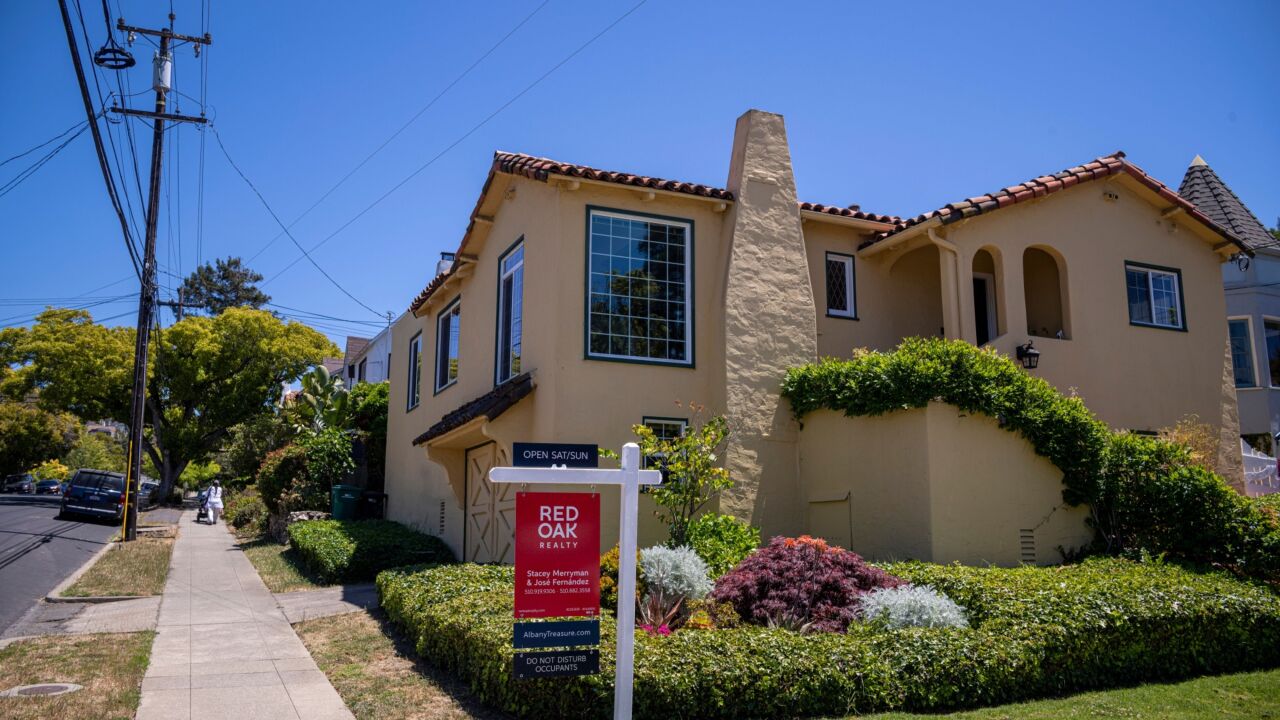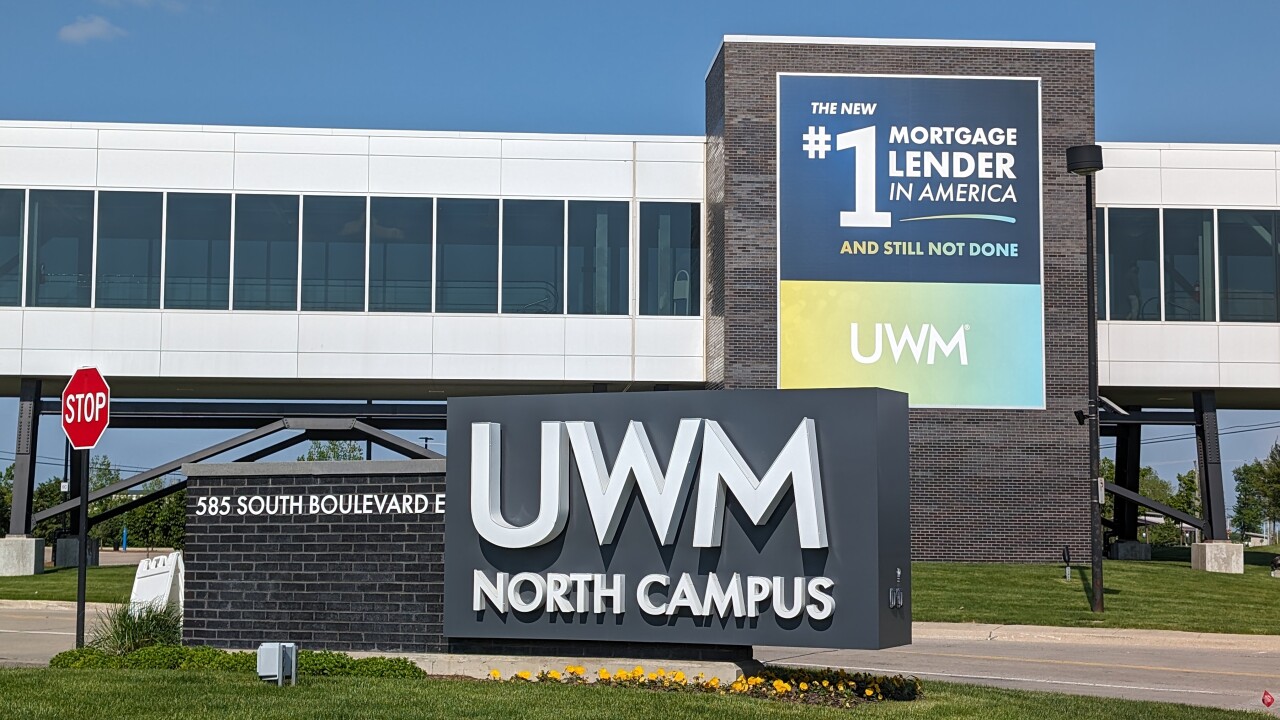New-home construction in the U.S. fell in July to the lowest level since the aftermath of the pandemic as builders respond to weak demand that's keeping inventory levels high.
Total housing starts decreased 6.8% to a 1.2 million annualized rate last month, dragged down the biggest decline in single-family units since April 2020, according to government data released Friday. A sizable decline in the South may have reflected the impact of Hurricane Beryl.
The overall starts figure was lower than all estimates in a Bloomberg survey of economists.
The new-home industry has lost some of its luster in recent months after a strong start to the year, as a combination of still-high mortgage rates and prices scare off many prospective buyers. That's boosted inventory to its highest levels since 2008 and spurred builders to scale back on construction.
Nonetheless, big builders like Lennar Corp. and PulteGroup Inc. especially have been able to win market share from their smaller counterparts — partly because they have access to cheaper capital — and have stoked sales by cutting prices and buying down customers' mortgage rates.
However, traders are now dialing back bets of fast and steep rate cuts as data this week suggested the economy is far more resilient than markets have expected.
Building permits, which point to future construction, decreased 4% to a 1.4 million annual rate. Applications to build single-family homes eased to the lowest since May 2023, while authorizations for multifamily projects fell more than 11%.
Starts fell in three of four regions, including steep drops in the West and South, which dropped to the lowest level since May 2020.
The Commerce Department's report also showed the number of completed single-family units rose to the highest level in three months and remains well-above the pre-pandemic trend.
The housing starts data are volatile, and the government report showed 90% confidence that the monthly change ranged from a 17.1% decline to a 3.5% gain.





